OEMs bullish on work truck sector growth amid high demand
Growth was the buzzword during Work Truck Week as OEM officials expressed enthusiasm about prospects during the next couple of years. Technology will continue to evolve and help guide the sector’s journey, officials said.
“I think you have an industry that is going to grow,” said Shaun Skinner, president of Isuzu Commercial Truck of America and Isuzu Commercial Truck of Canada during the show in Indianapolis, Ind.
Pointing toward mid- and final-mile growth through e-commerce, he said there is going to be an upward trend in Classes 4 to 7 truck demand leading to 2026 as the U.S. Environment Protection Agency’s low NOx rule comes into play in 2027.
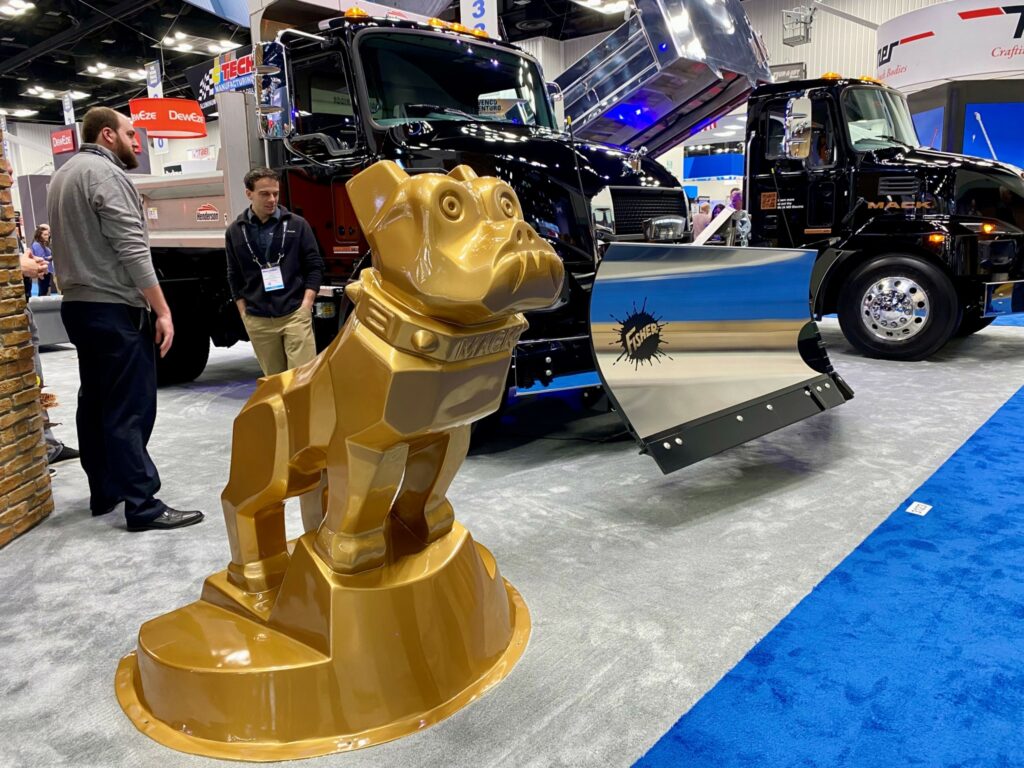
“You may see a little bit of a letdown in 2027 but that’s going to come with higher classes of trucks like 6 and 7 because they’ll be more affected by that,” he said of EPA27 emissions regulations.
Skinner said while the U.S. and Canadian economies will not grow as rapidly as hoped, they are still growing and not contracting, which is a positive.
Alex Reid, vocational marketing manager, Kenworth, said the OEM is “big on the work truck market. I think it’s strong and we continue to see it being that way.”
Peterbilt’s Ben Whitaker was also bullish about the near future. The OEM’s marketing segment manager said the manufacturer’s build schedule is full. “The medium-duty market is really strong, and so is the vocational heavy-duty truck market,” he said.
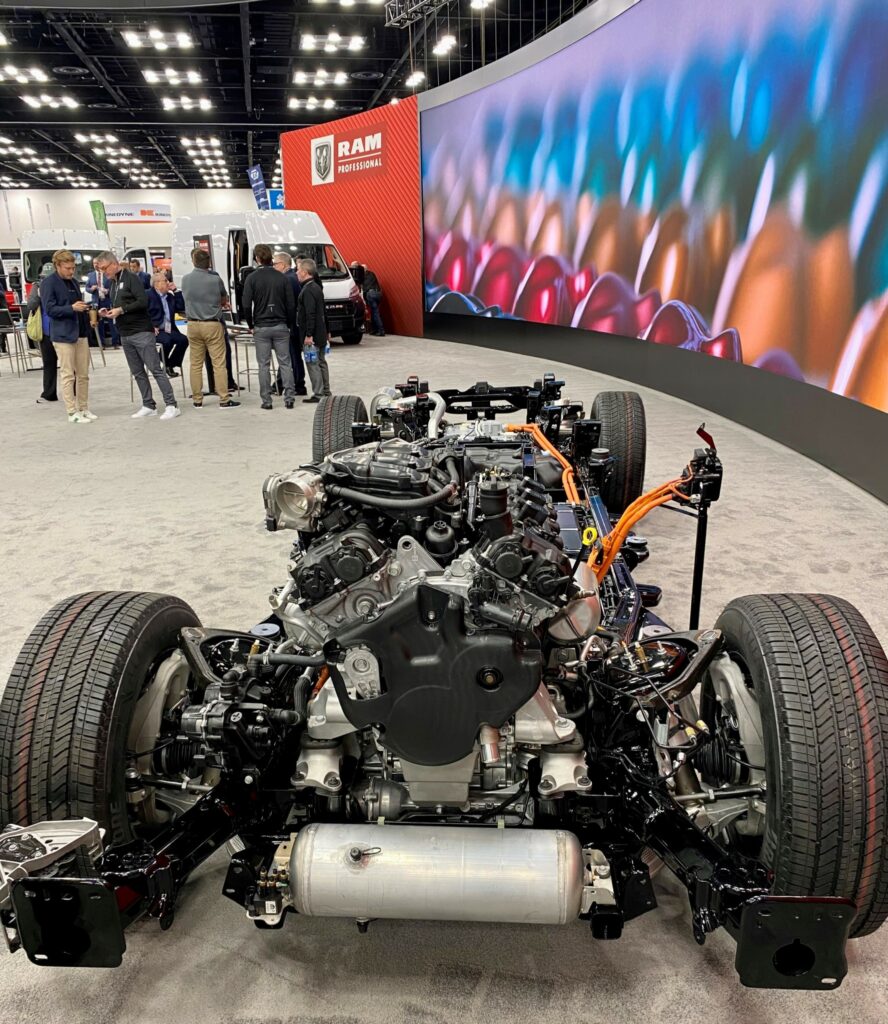
Daimler Truck North America (DTNA) sees medium- and heavy-duty trucks being in high demand.
Mary Aufdemberg, general manager of product strategy and market development, DTNA, doesn’t see that part of the industry slowing down.
“There is still pent-up demand based on the restricted supply chain over the past couple of years, there are customers that were unable to buy the work trucks that they needed to,” she said.
Aufdemberg said customers realize there is a supply limit that manufacturers can handle. They will be looking at the next three to four years and planning for the dip in 2027.
Customers rushing to meet their greenhouse gas or zero-emissions vehicle goals are in a big try out, said Dave Sowers, marketing manager Chrysler Group representing RAM at the show. “No one is changing a whole fleet. They pick and choose based on brands and technology, watching how they perform. We are at the starting point of this evolution,” he said.
And electric vehicles are part of the blueprint for the future, along with other technologies that are fast evolving.
George Fotopoulos, vice-president e-mobility business unit, Mack Trucks said, “It could be fuel-cell-electric, internal combustion engines with renewables and biofuels as well. But in the medium-duty space where the duty cycle is relatively medium, we see electrification being the technology choice for the future.”
Isuzu’s Skinner believes things will begin with electrification. “I don’t think it’s going to be a revolution. I think it’s going to be more of an evolution.”
The company is rolling out an EV in the middle of this year in Canada and the U.S. Skinner said larger customers who are well capitalized and very focused on their carbon-neutral goals are going to adopt that technology. “I don’t know that you’re going to have that technology adopted at a super rapid clip by everybody, but you are going to have pockets of it,” he said.
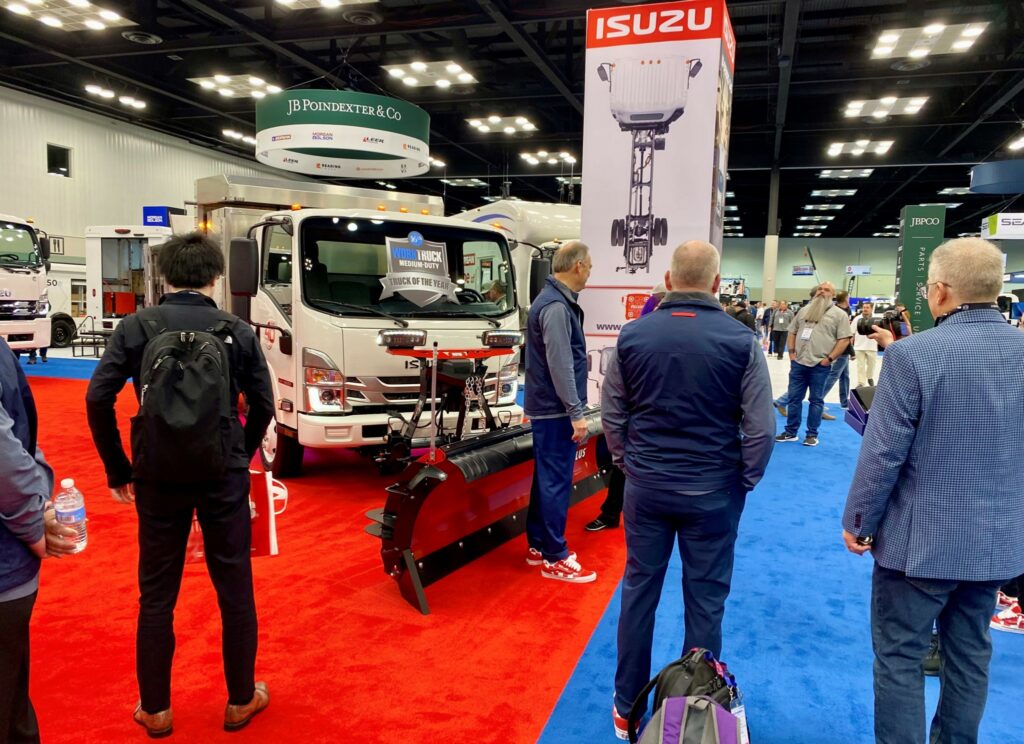
Skinner said though the rate of adoption may be slower, the OEM has to be ready for the future. “Otherwise, somebody’s gonna step in and take our place.”
Isuzu is also looking at mid-mile autonomy and has partnered with Gatik to realize its goals. It is looking to drive costs down in the future by combining technologies like electrification and drive-by-wire.
Peterbilt is investing in connected services like SmartLINQ that provides diagnostic information, truck location, fuel economy, among other data points. Whitaker said the OEM has partnered with Platform Science to gather applications, including telematics in one place.
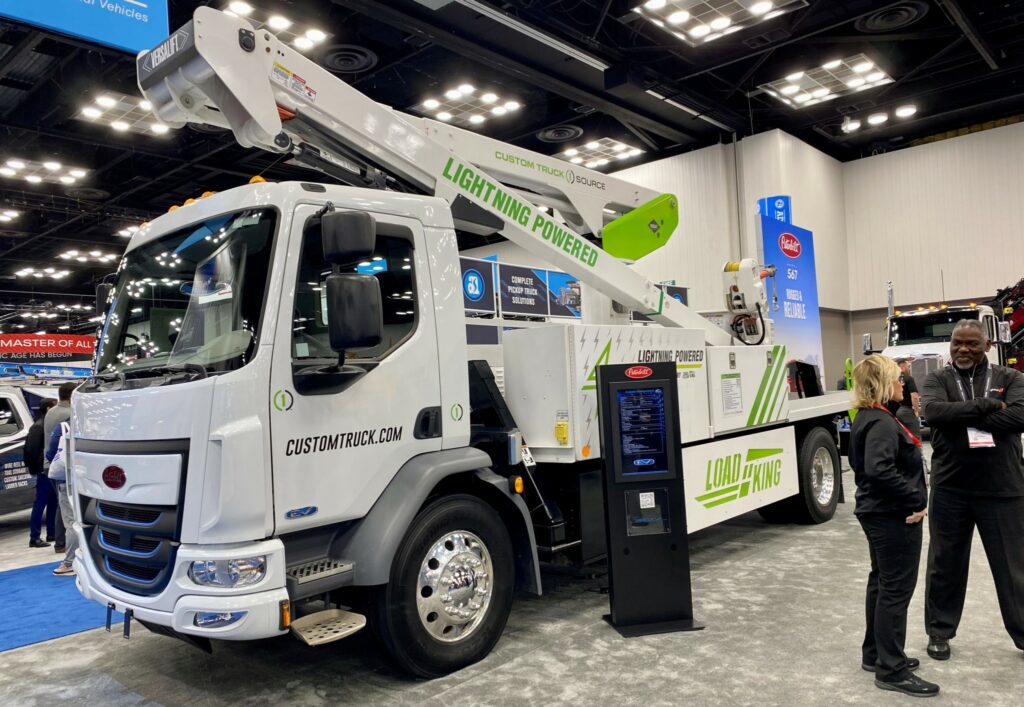
DTNA’s Aufdemberg says there’ll be pockets of work truck applications that are right for the zero-emission transition. Citing the eM2 medium-duty electric box truck, she said it is an innovation space. It focuses on sweeper, utility, dump and refuse applications. “It’s small pockets and it’s going to be small volumes.”
Heavy-duty vocational trucks will likely start entering the space in the second half of the decade, she added.
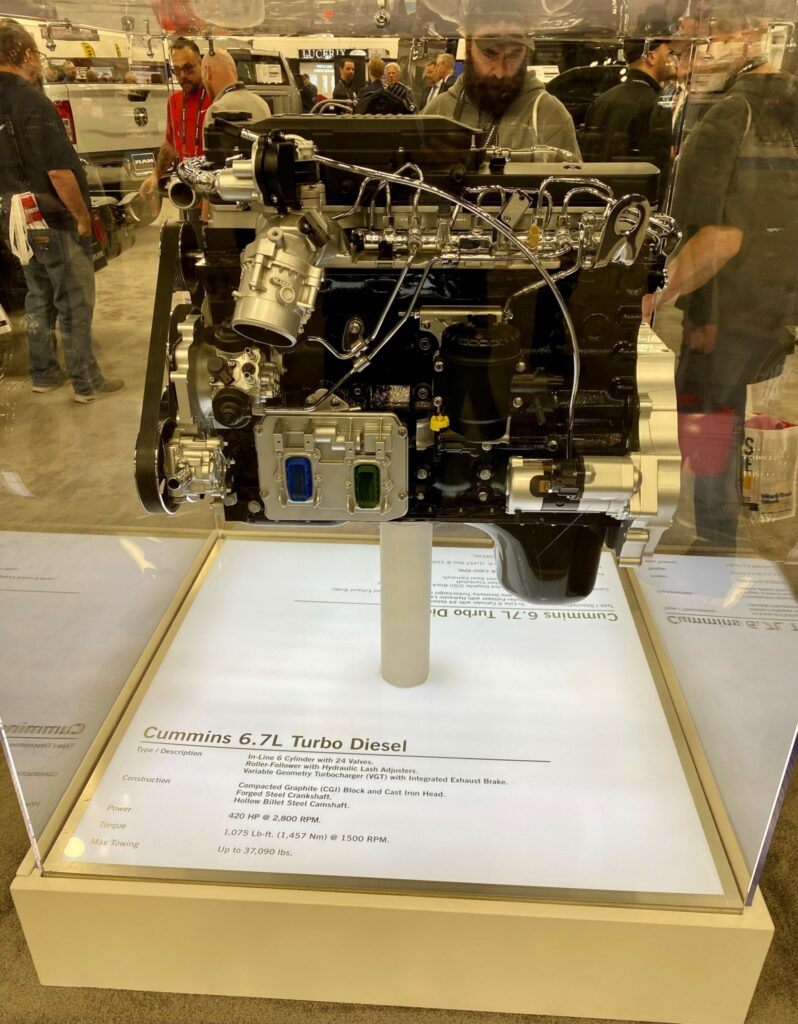
Chrysler Group’s Sowers said things are going to get better in terms of battery power, density and charging speed. Affordability is key as is fueling infrastructure. He added there are opportunities with fuels like hydrogen.
If the eager crowds at Work Truck Week’s exhibit floors are anything to go by, the next 24 months are going to be busy as manufacturers roll their products into markets waiting to use them.
Have your say
This is a moderated forum. Comments will no longer be published unless they are accompanied by a first and last name and a verifiable email address. (Today's Trucking will not publish or share the email address.) Profane language and content deemed to be libelous, racist, or threatening in nature will not be published under any circumstances.
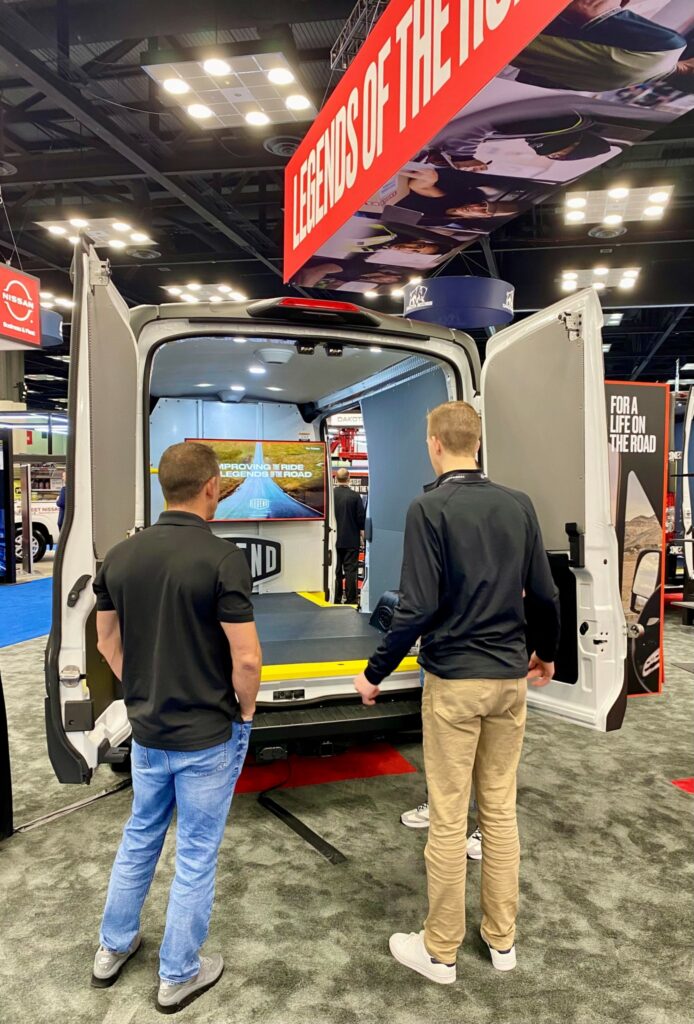
Awesome article Leo. Very informative and packed full of great information!